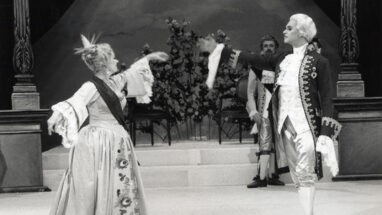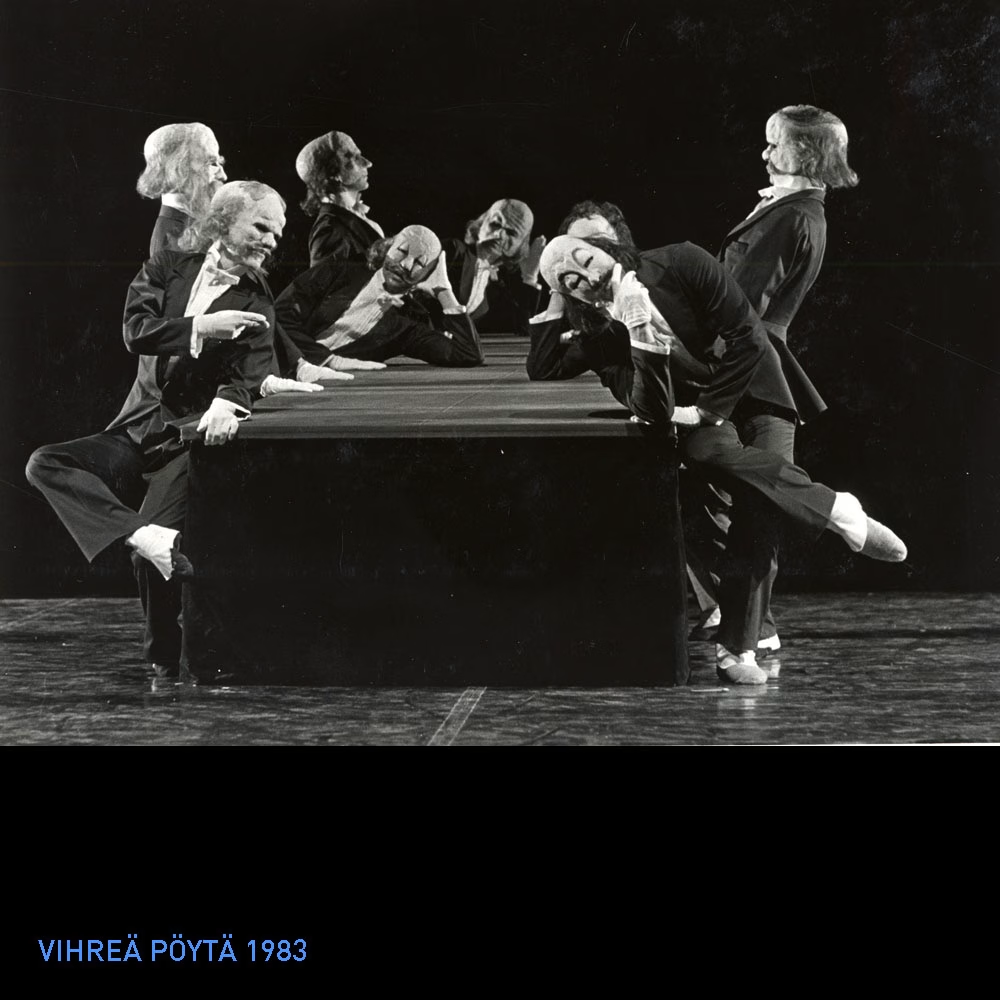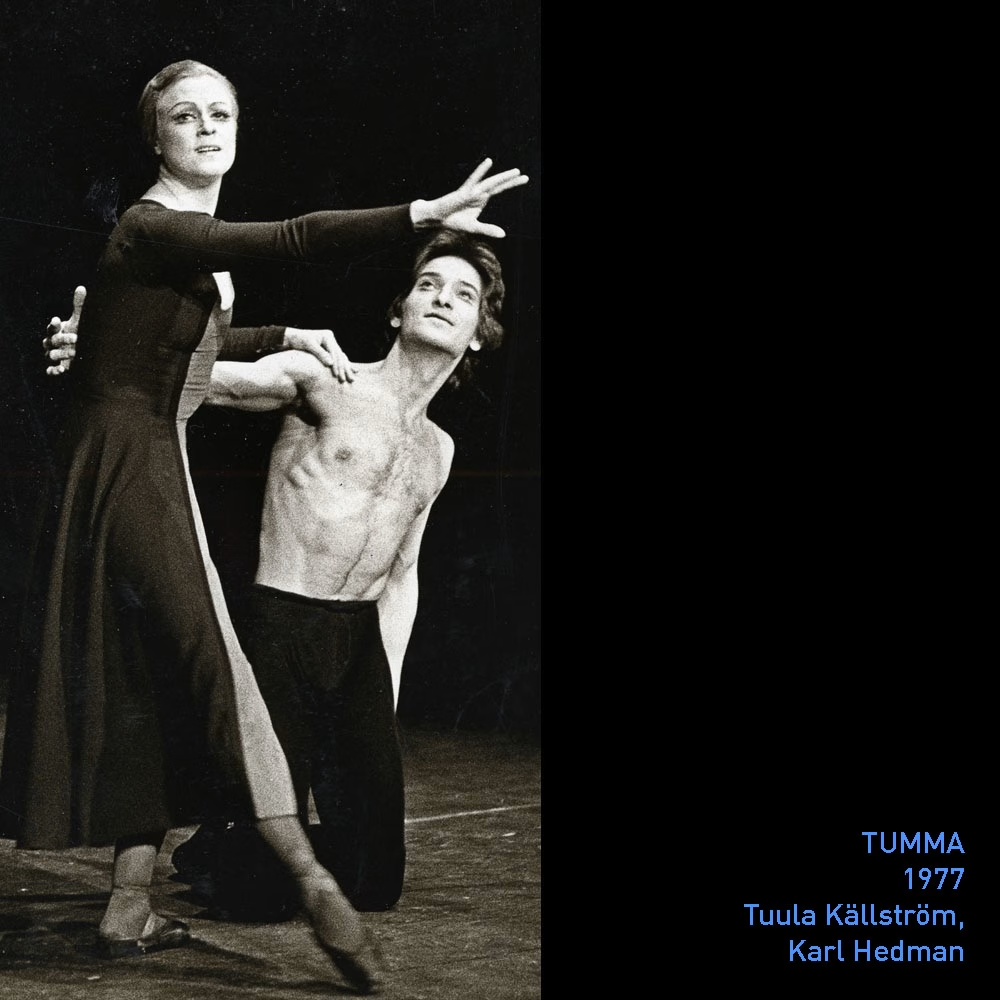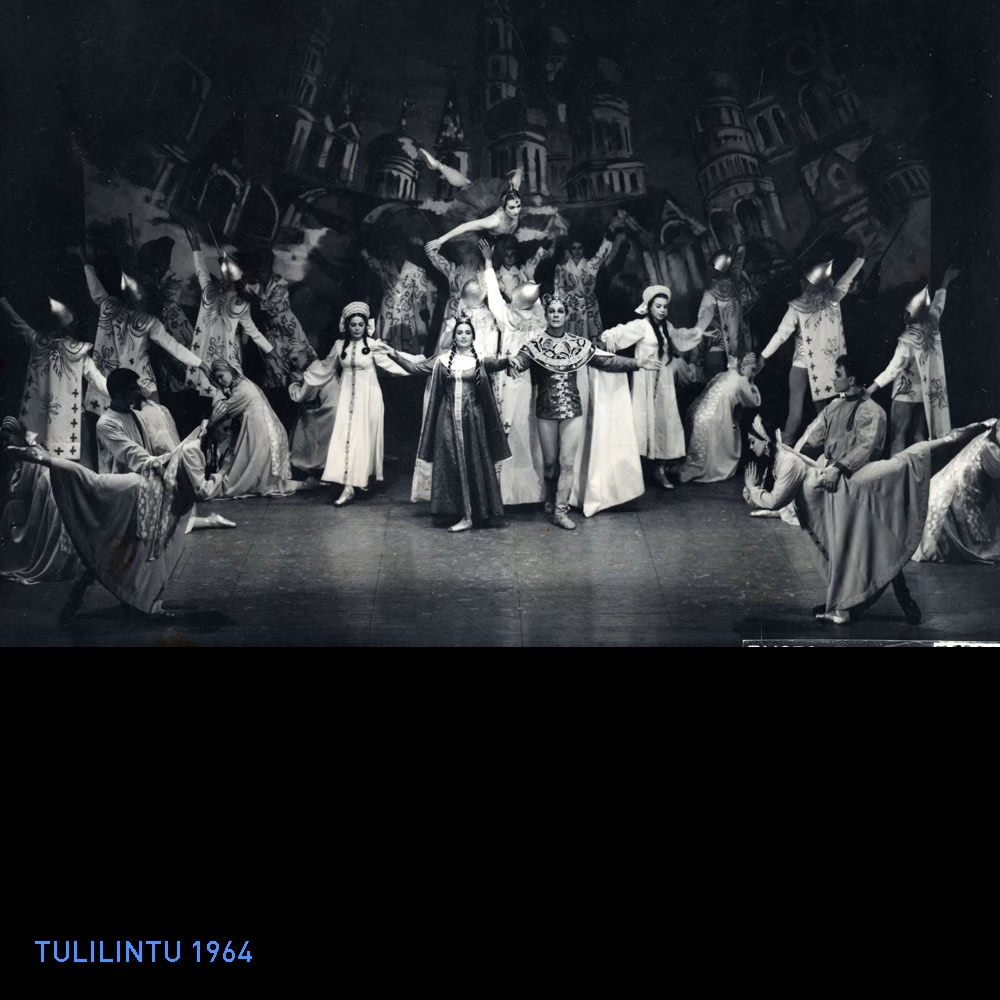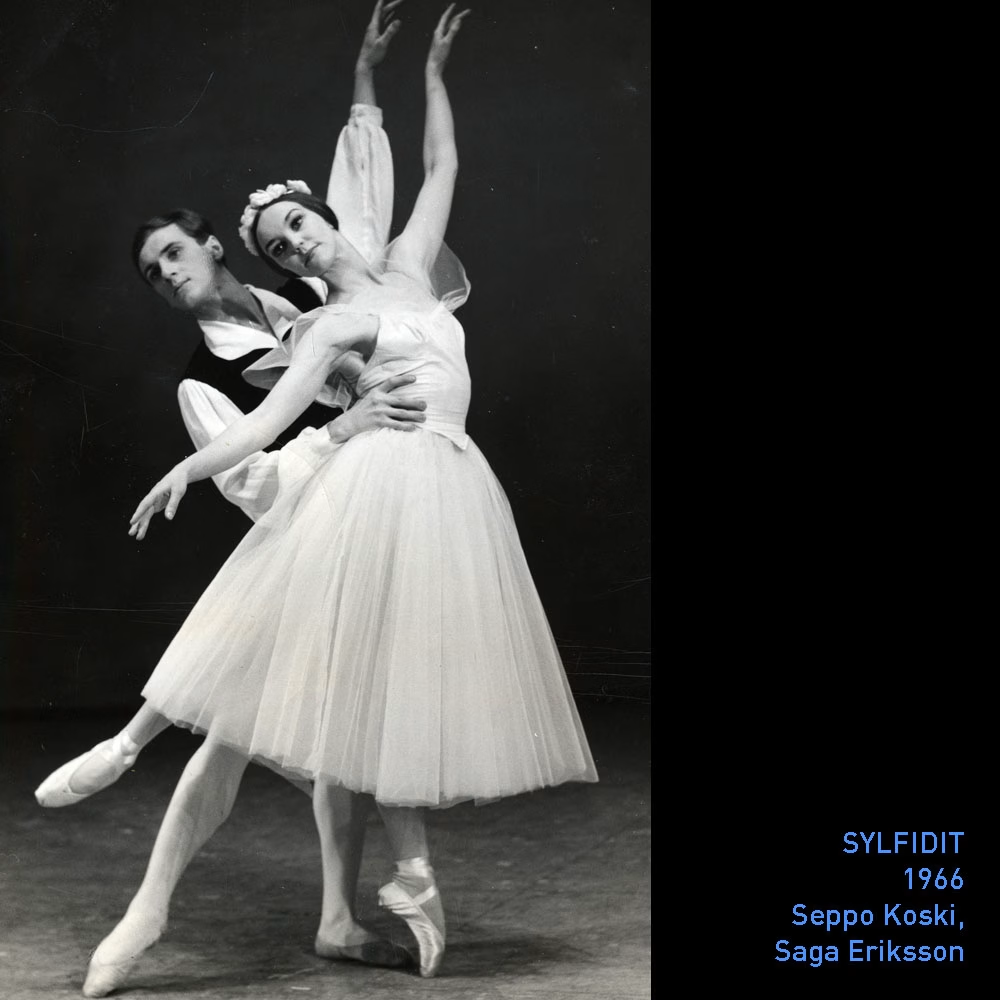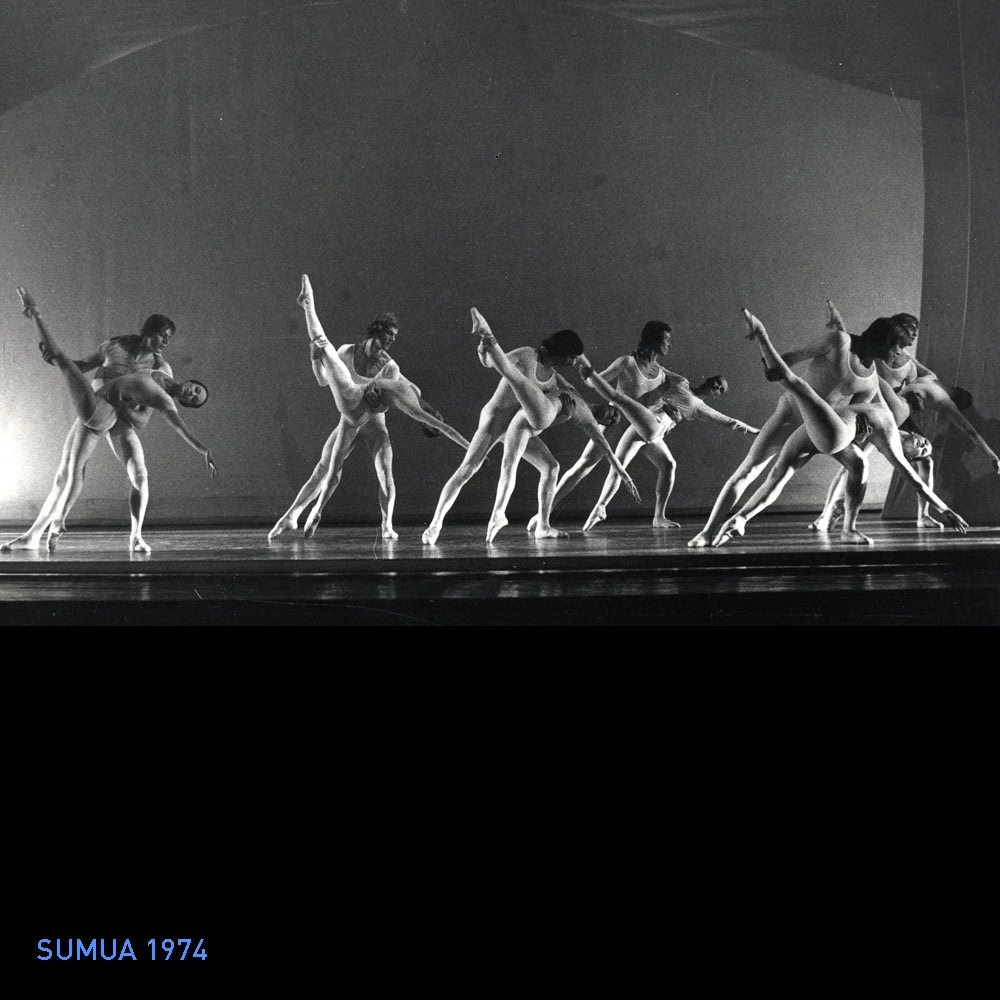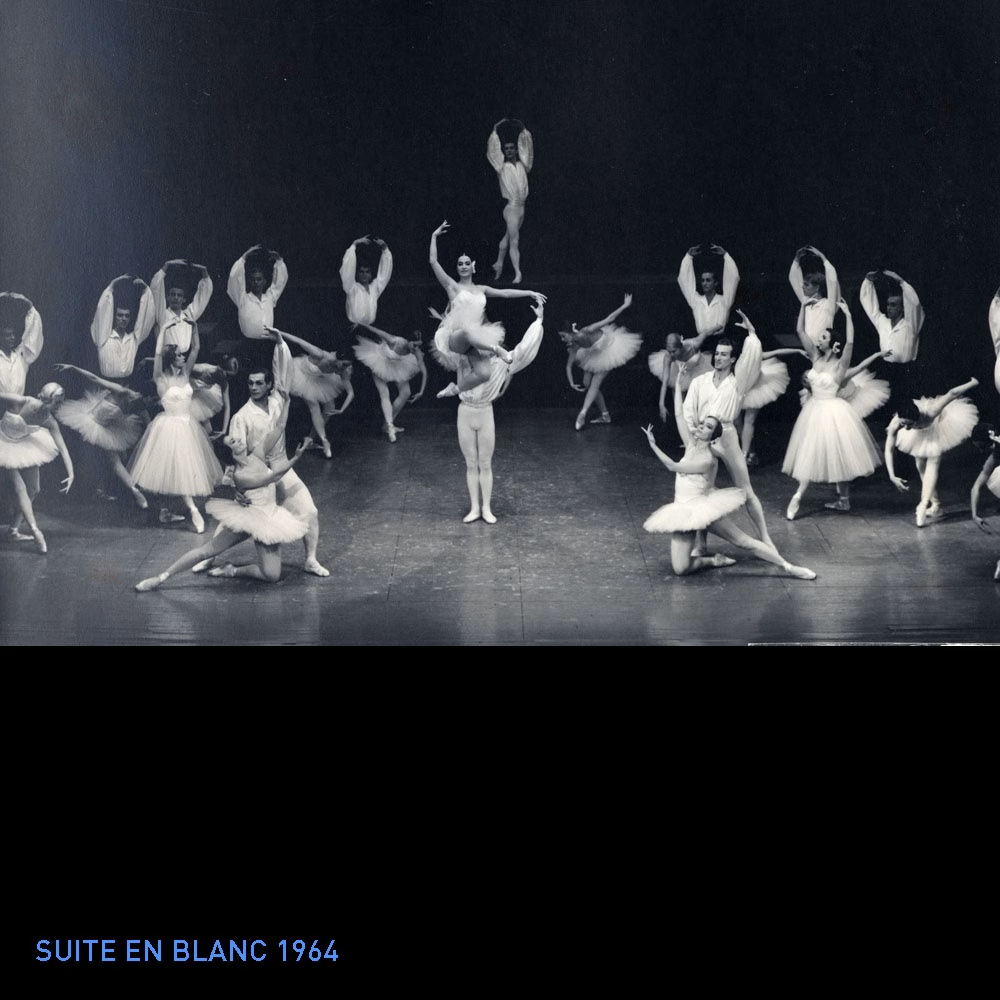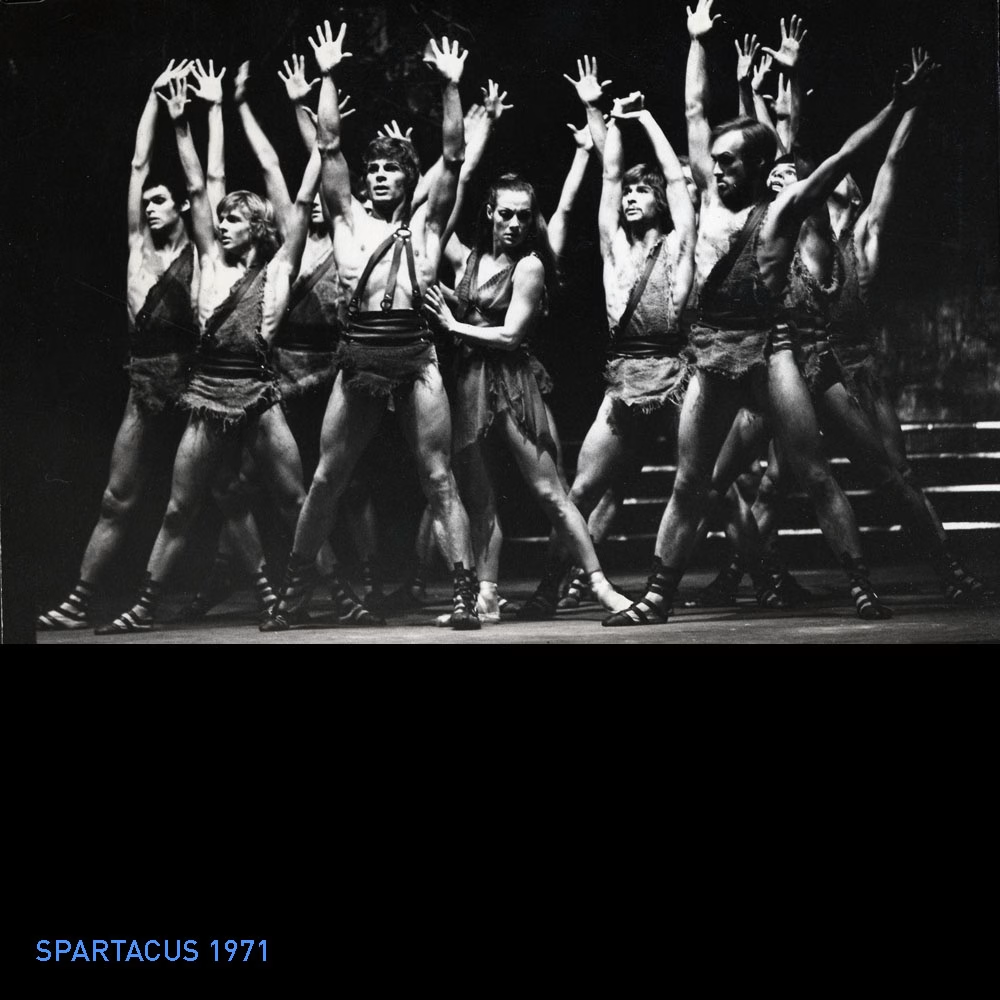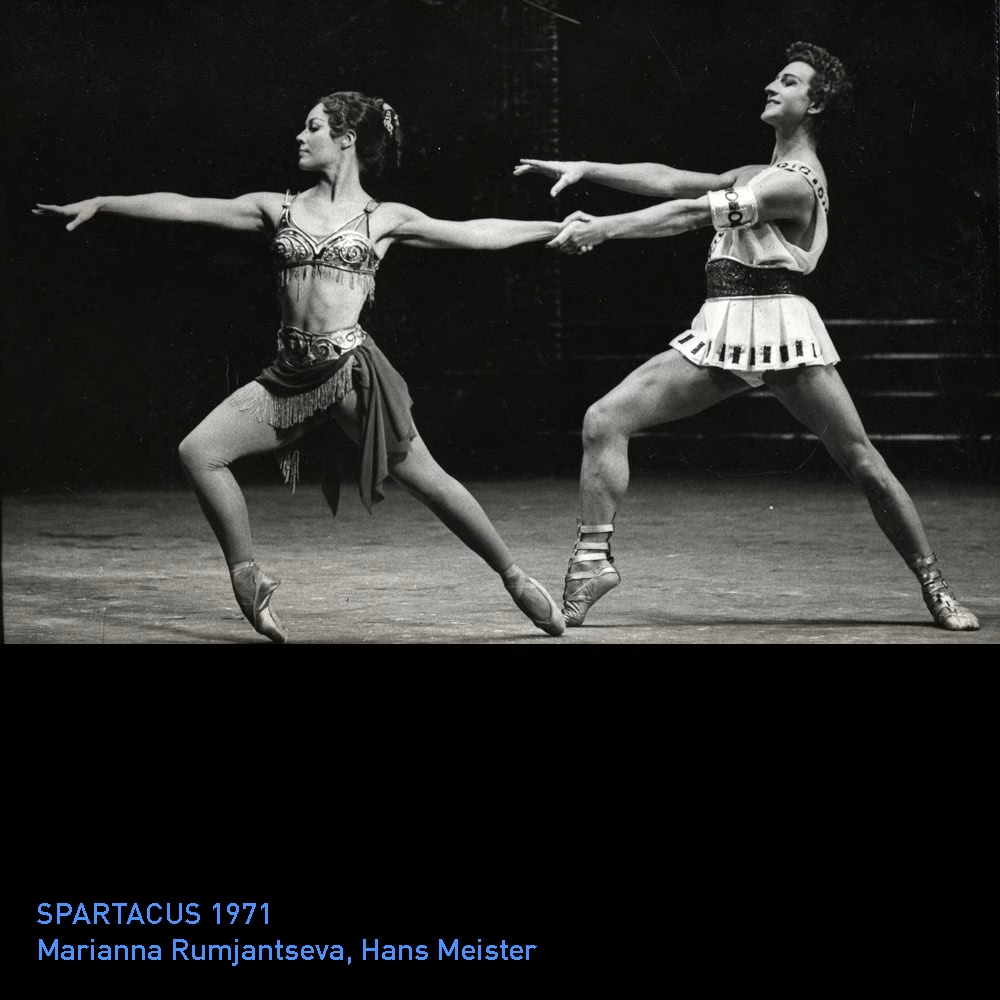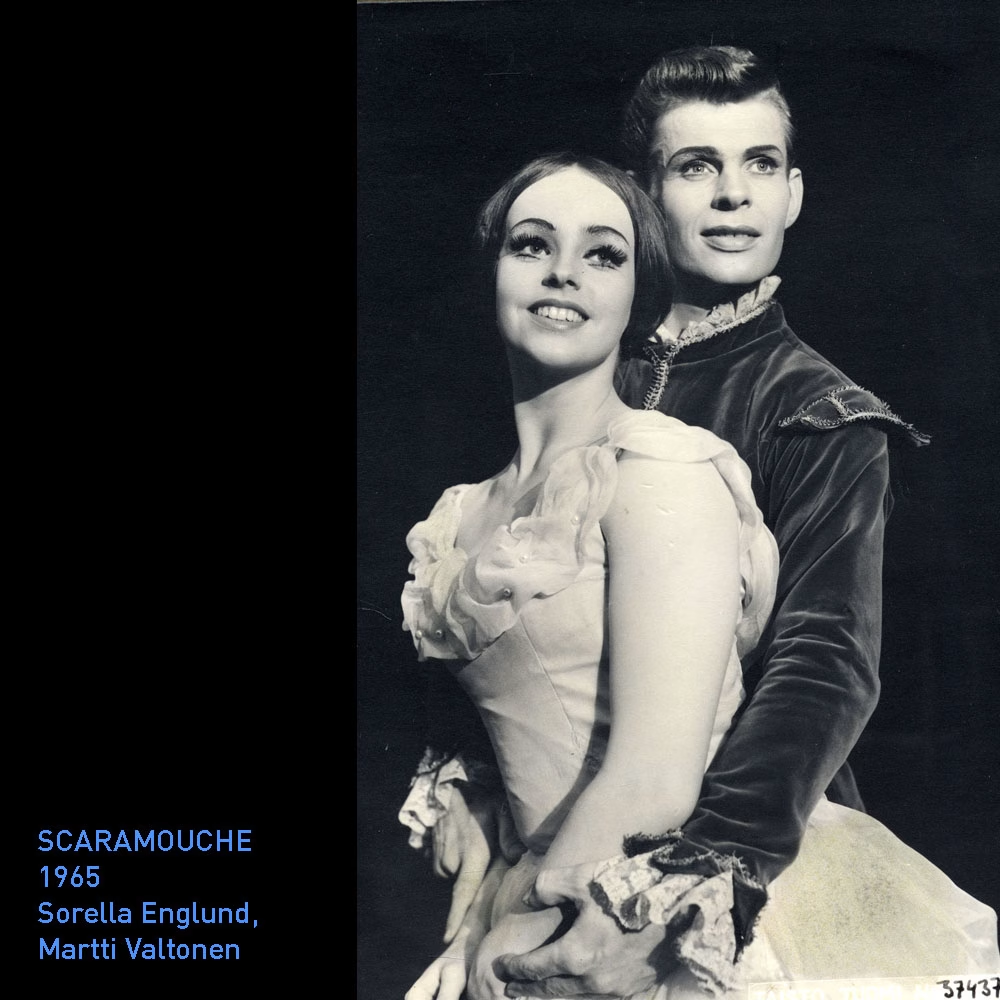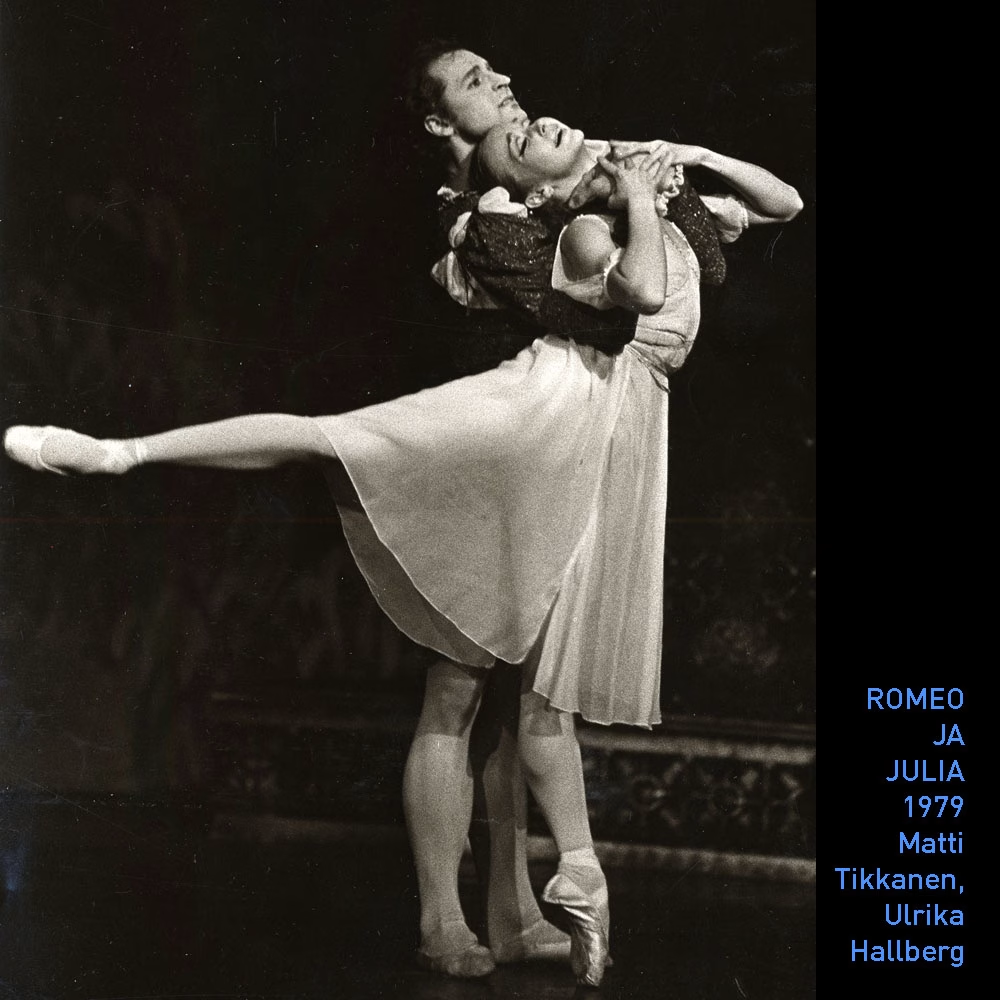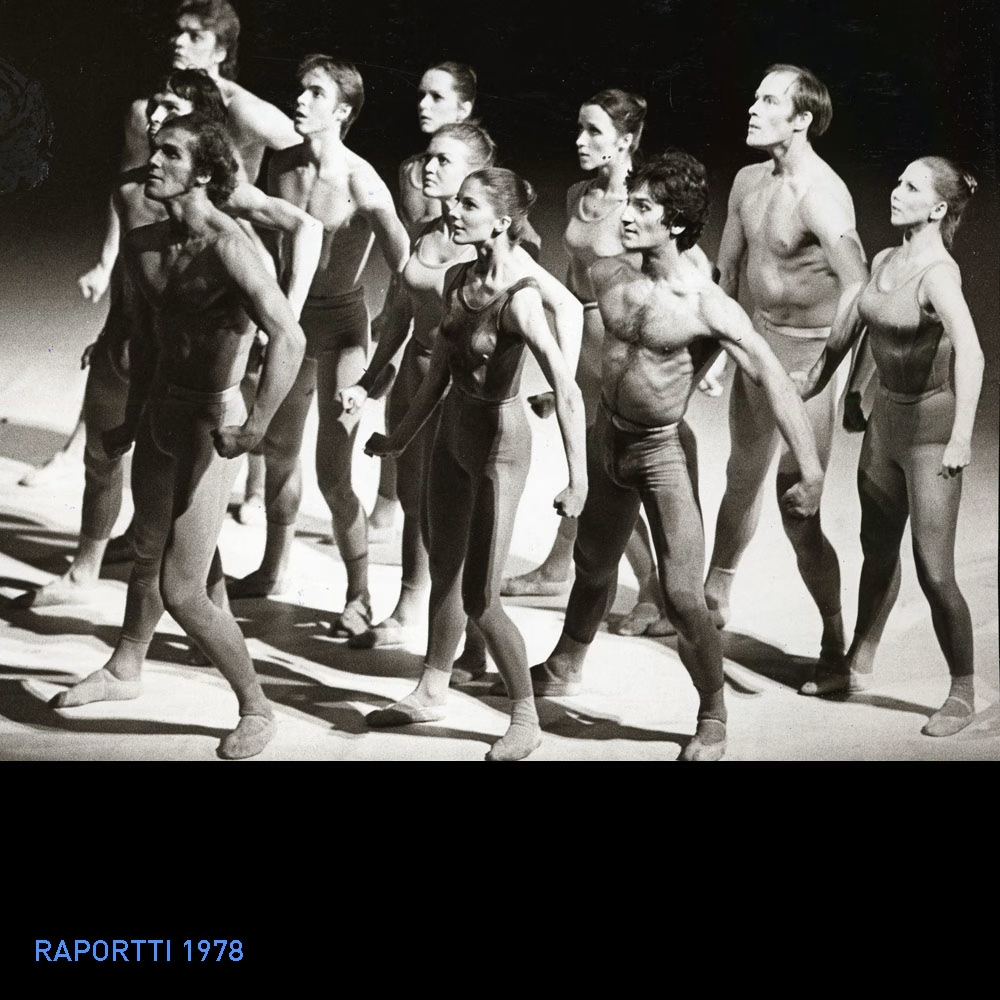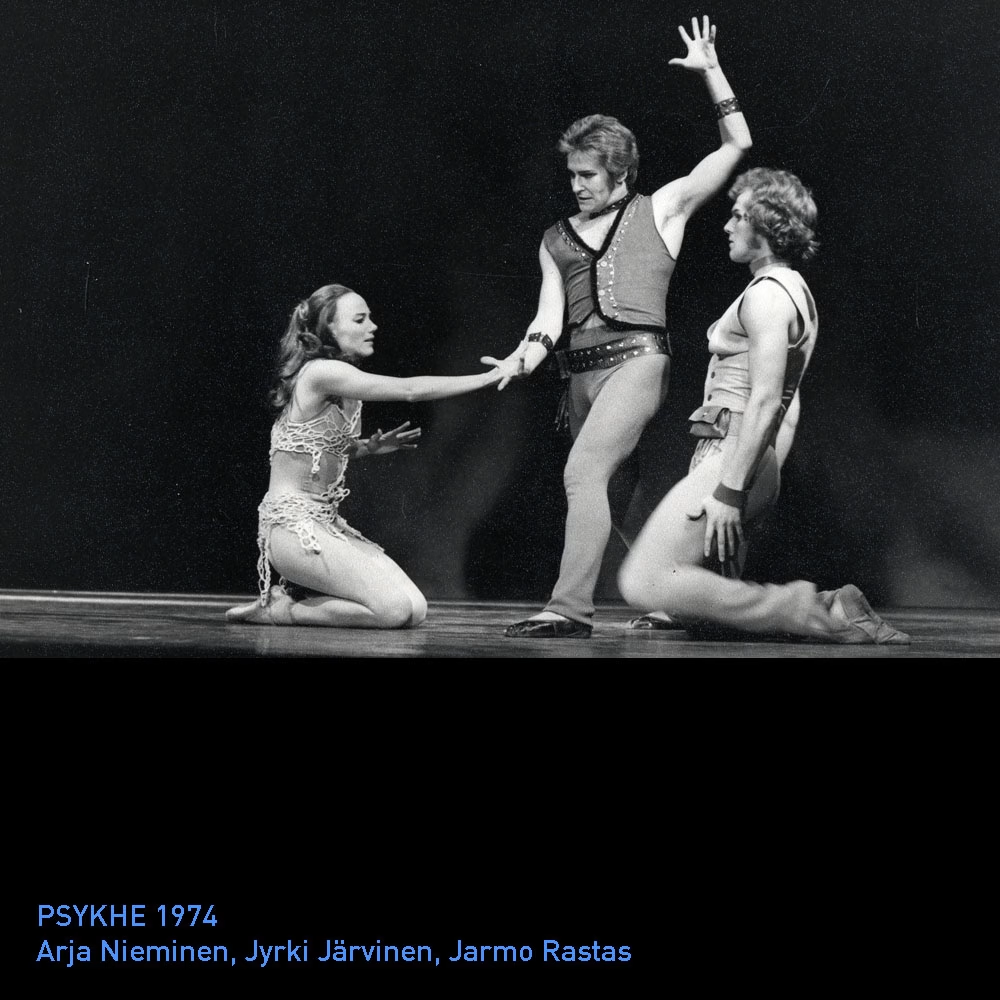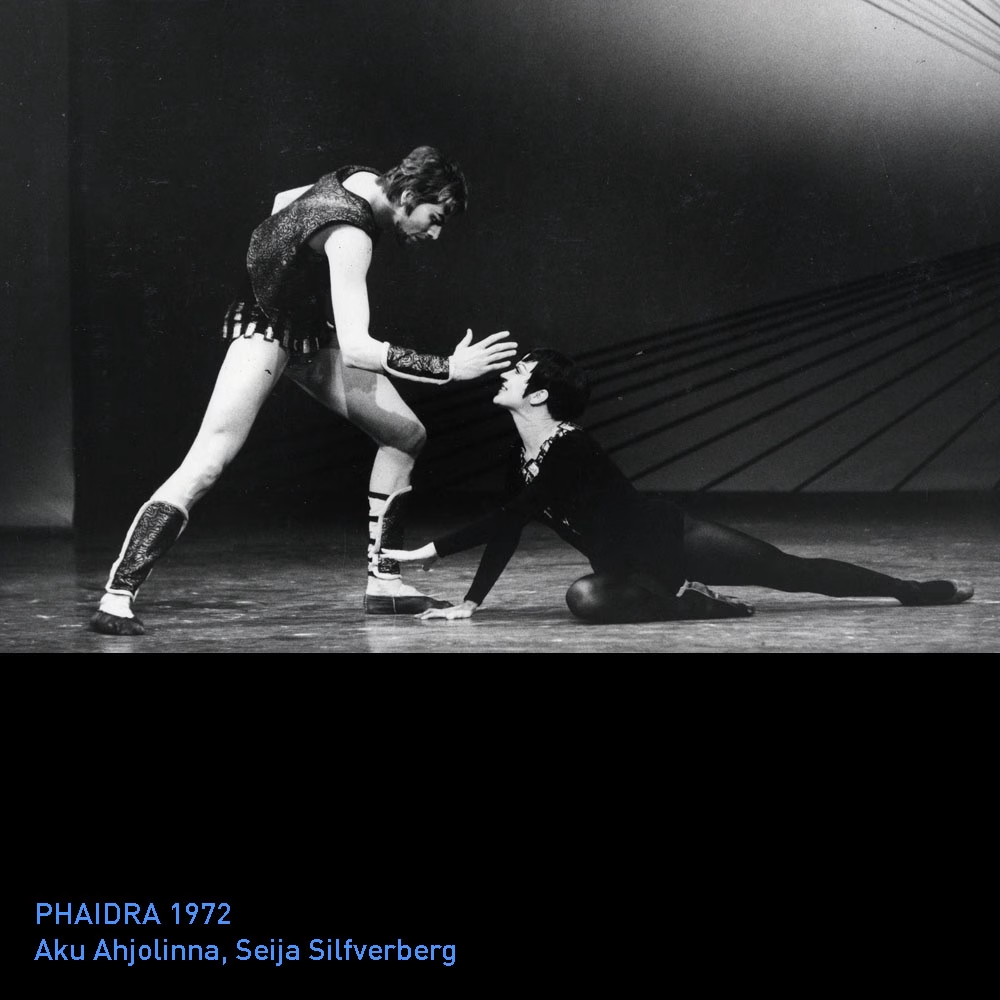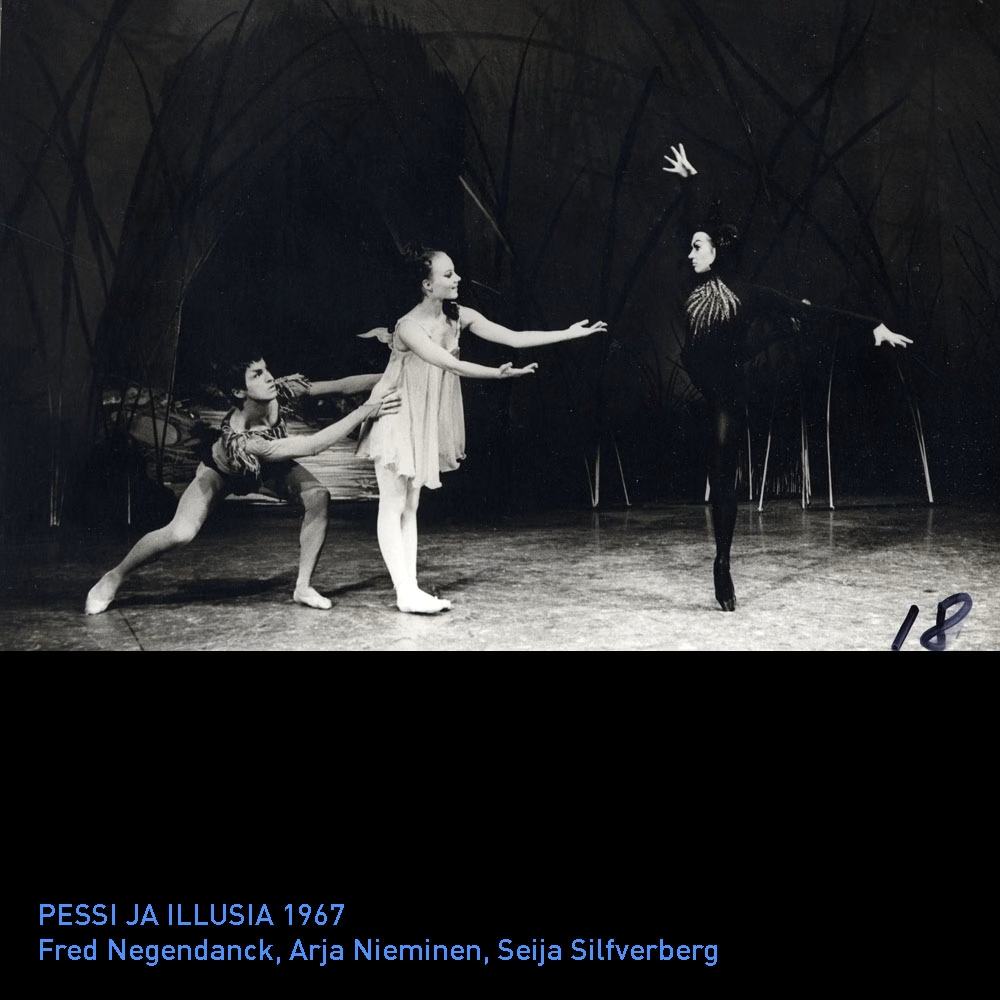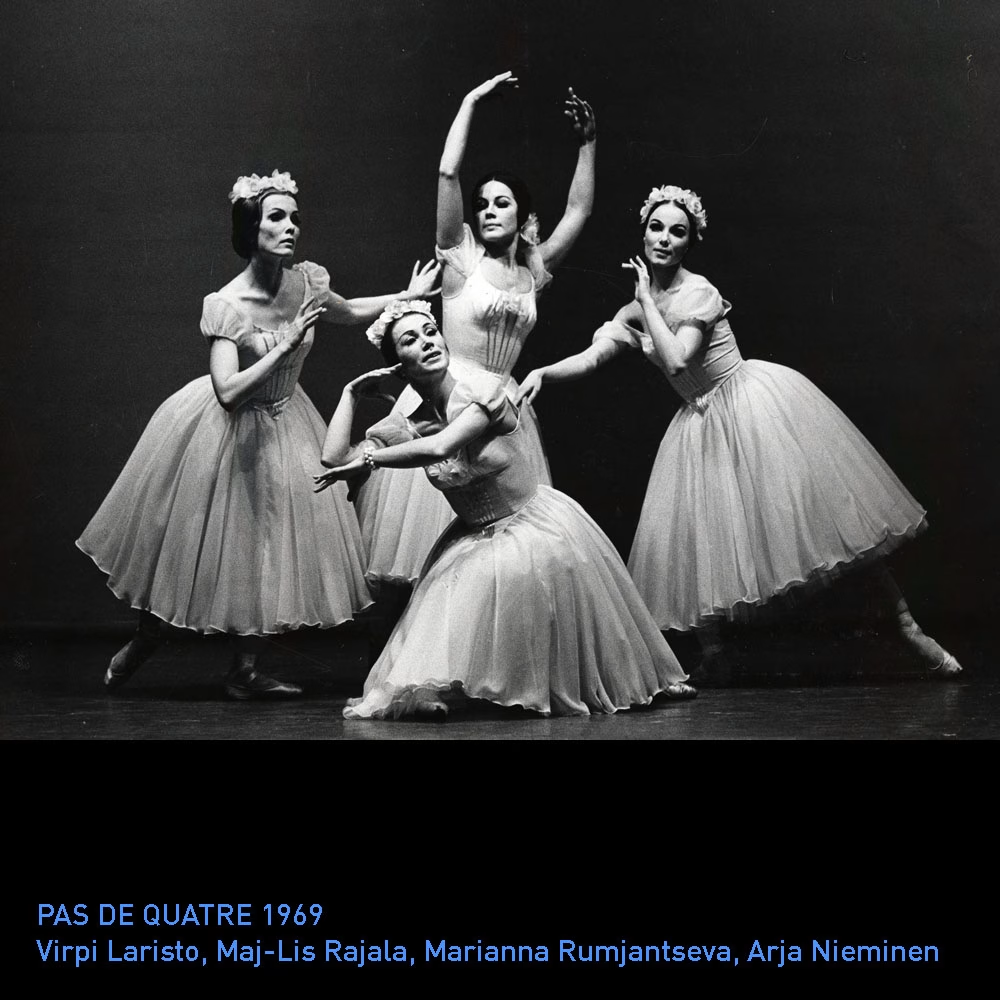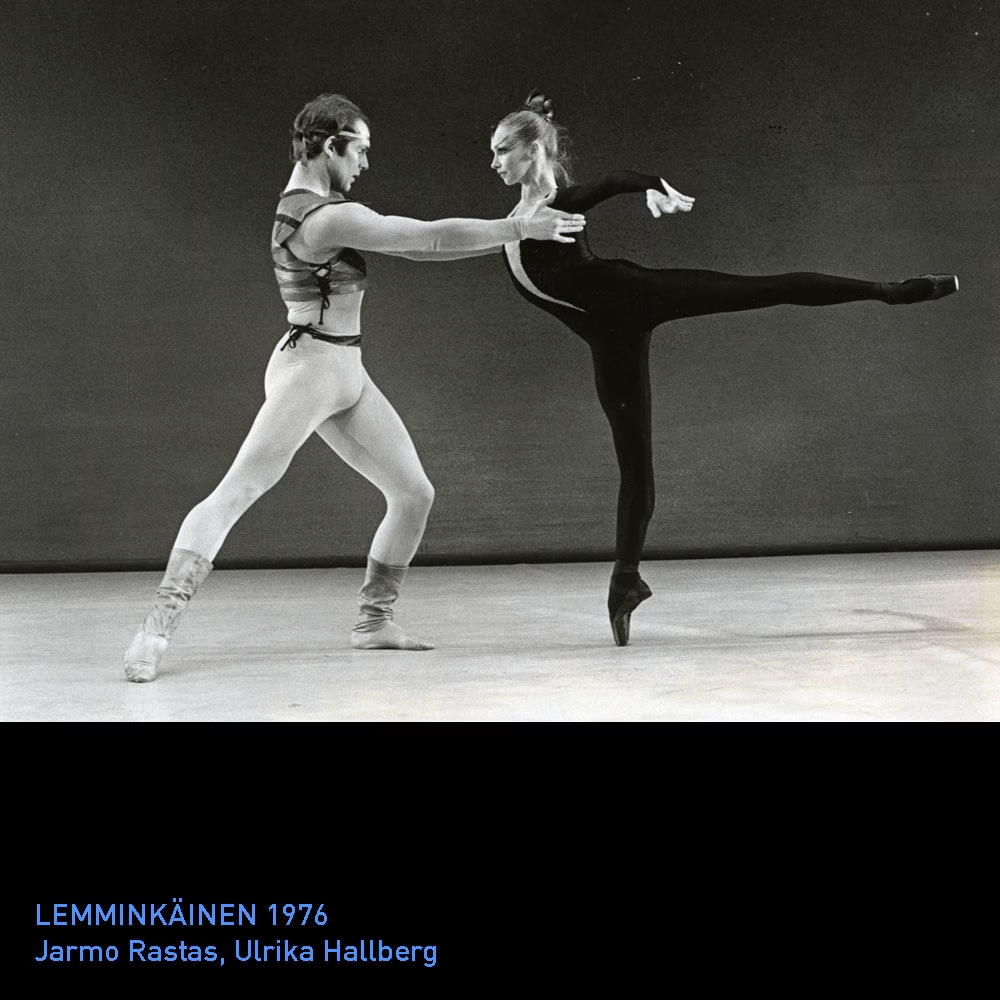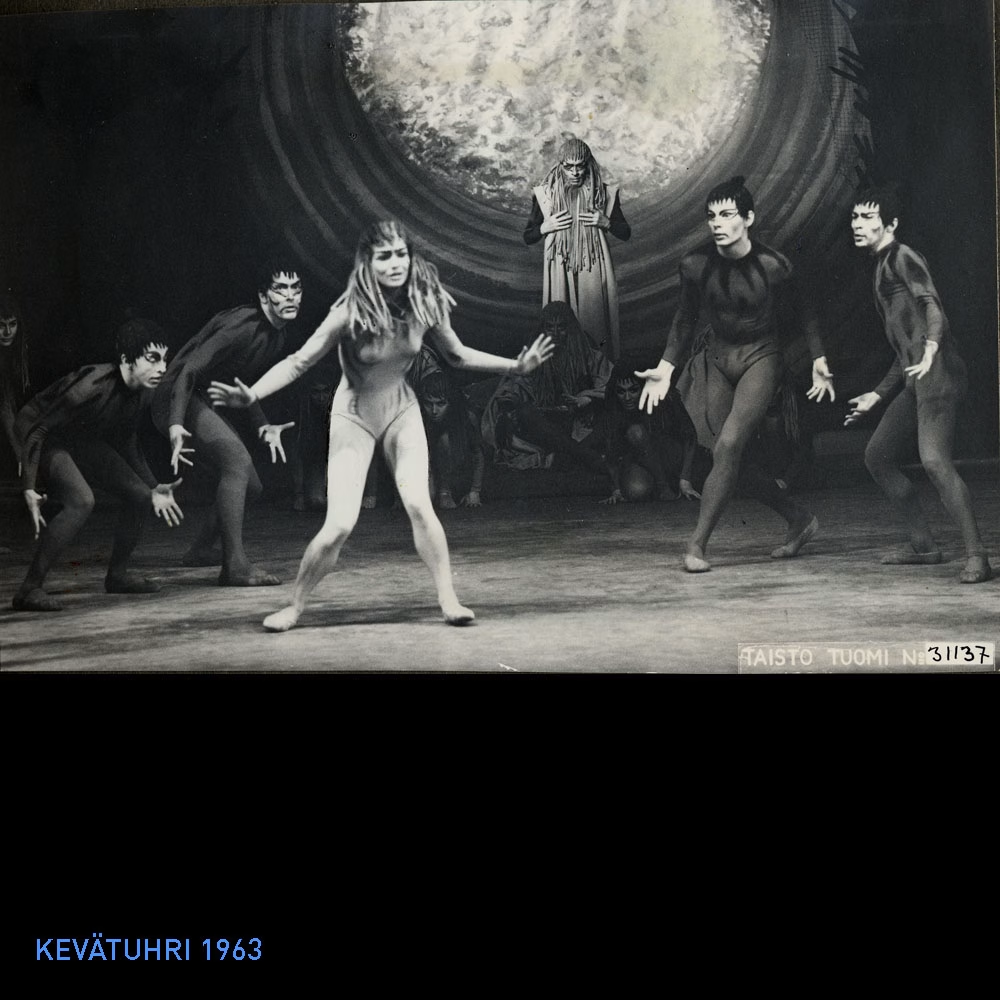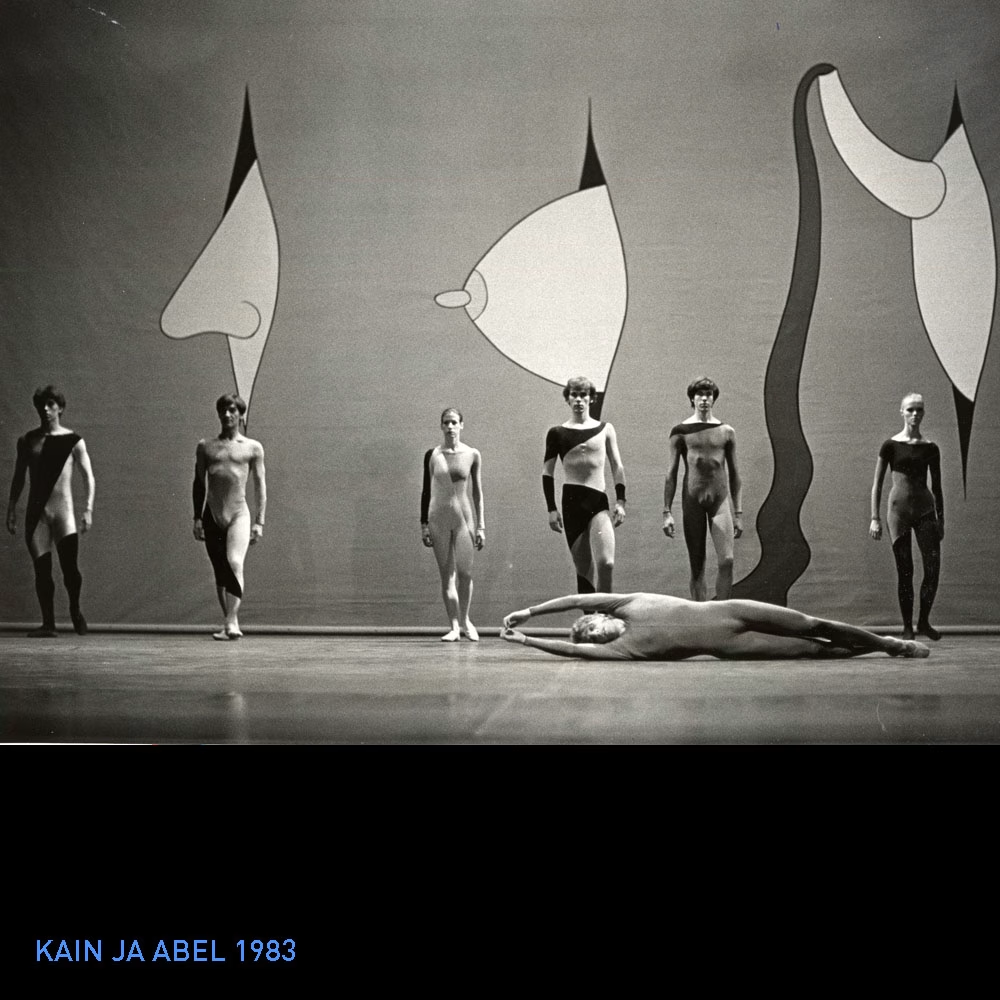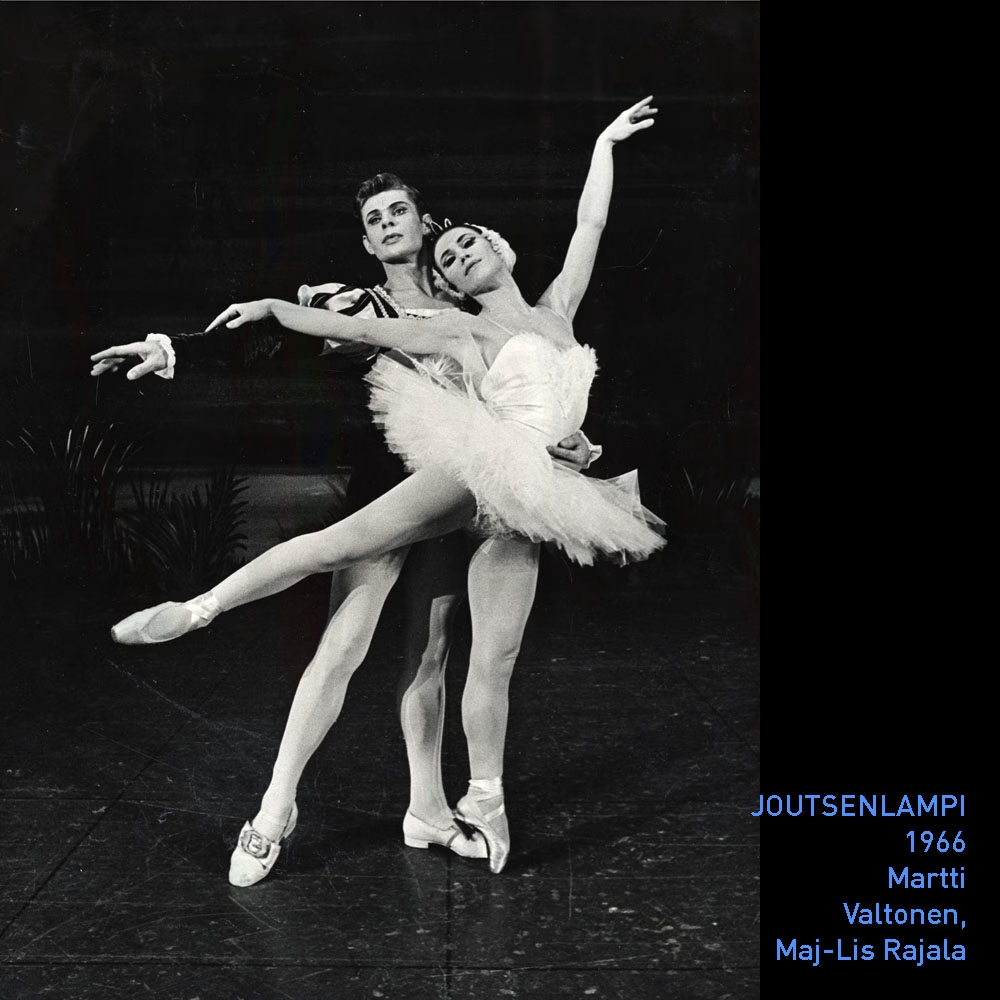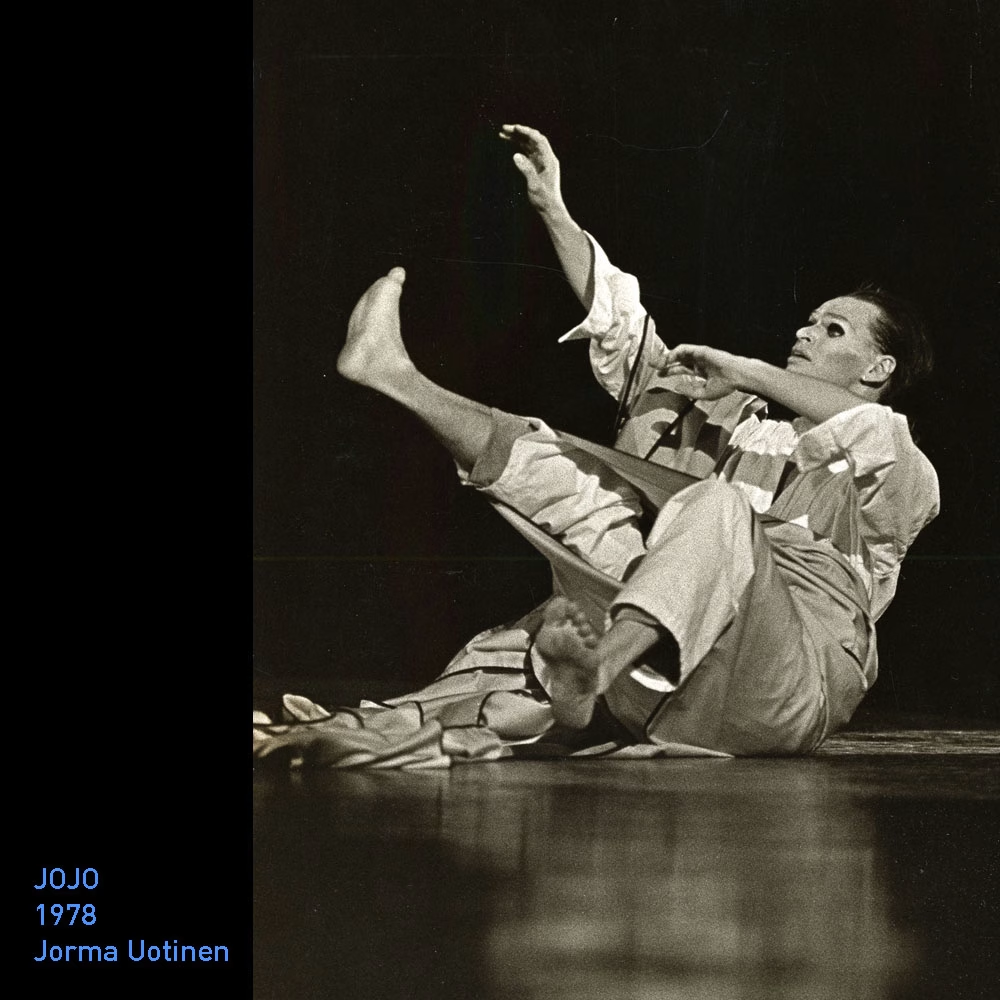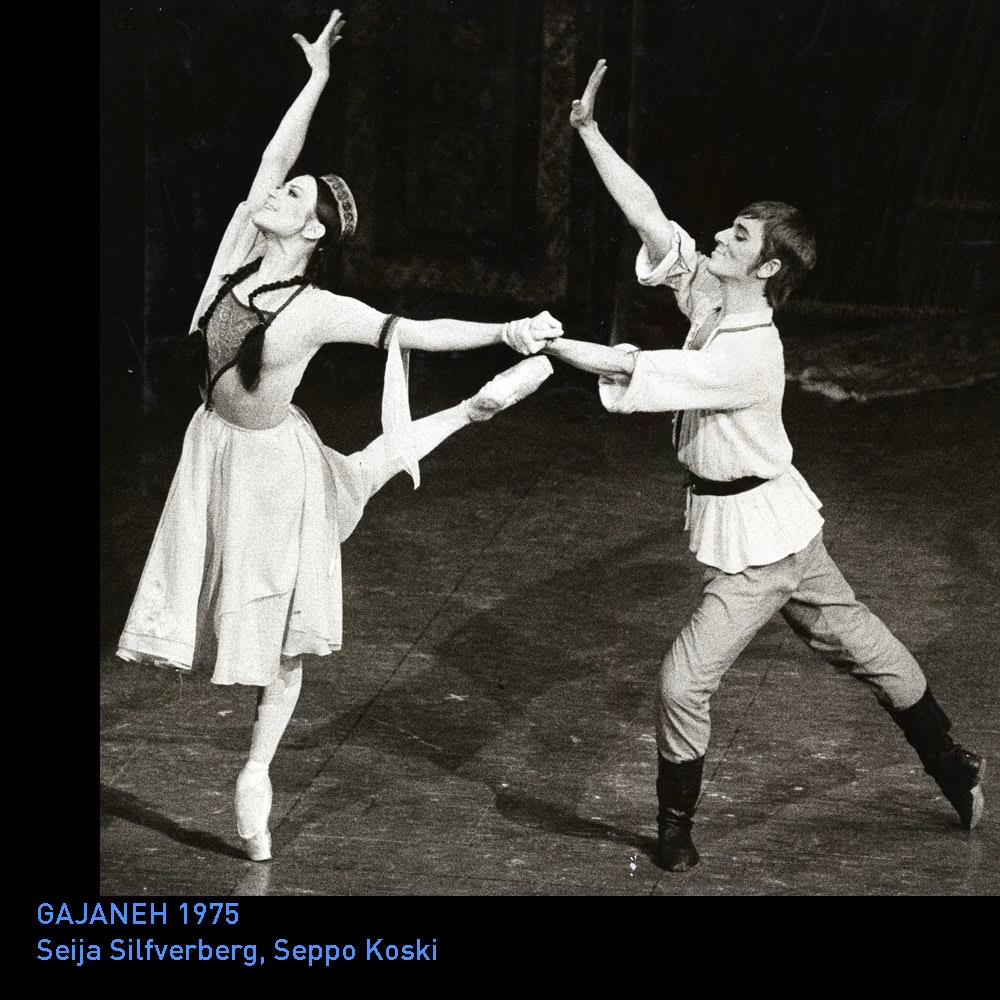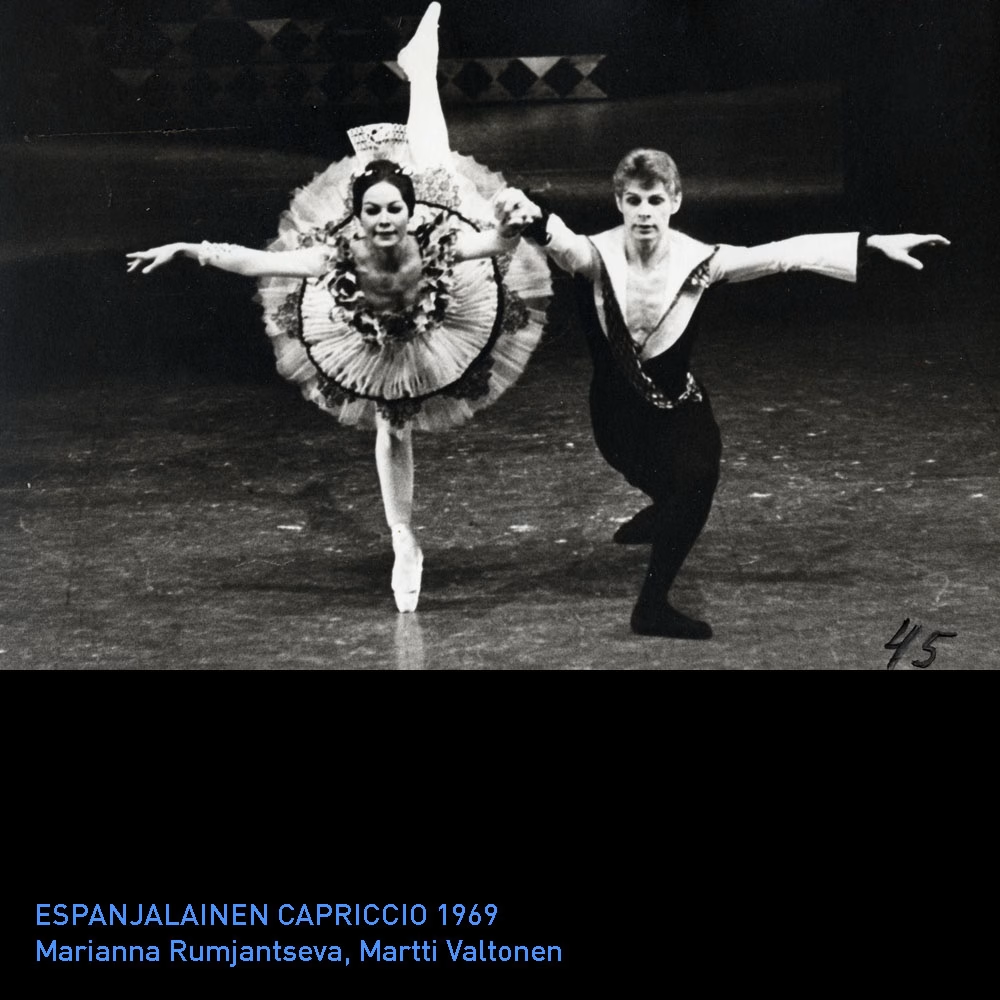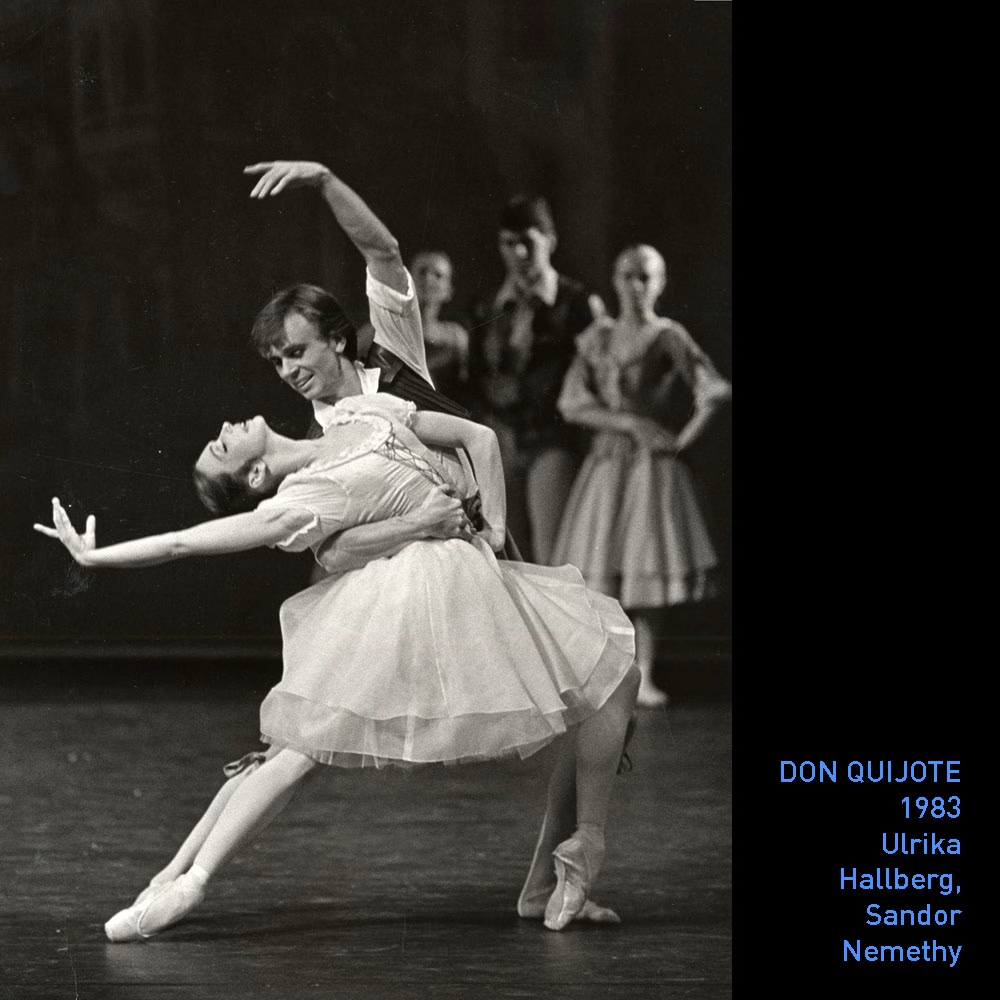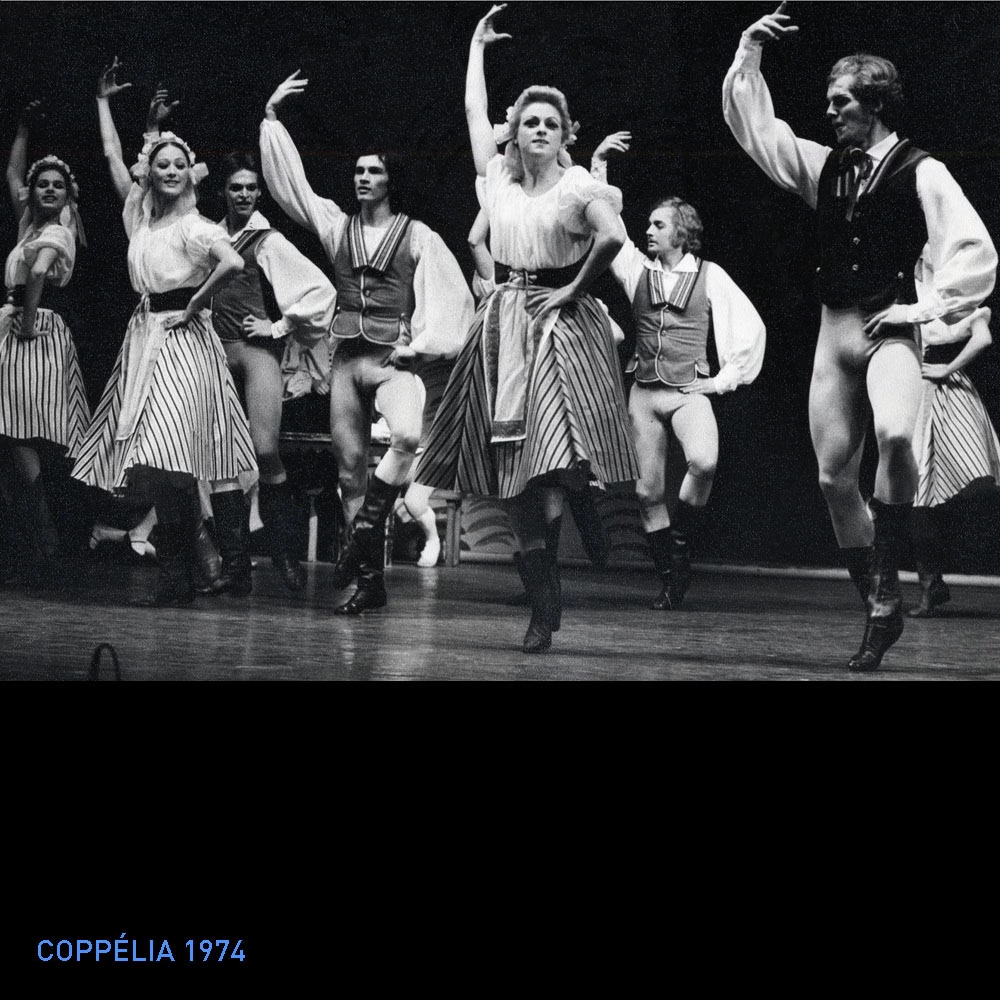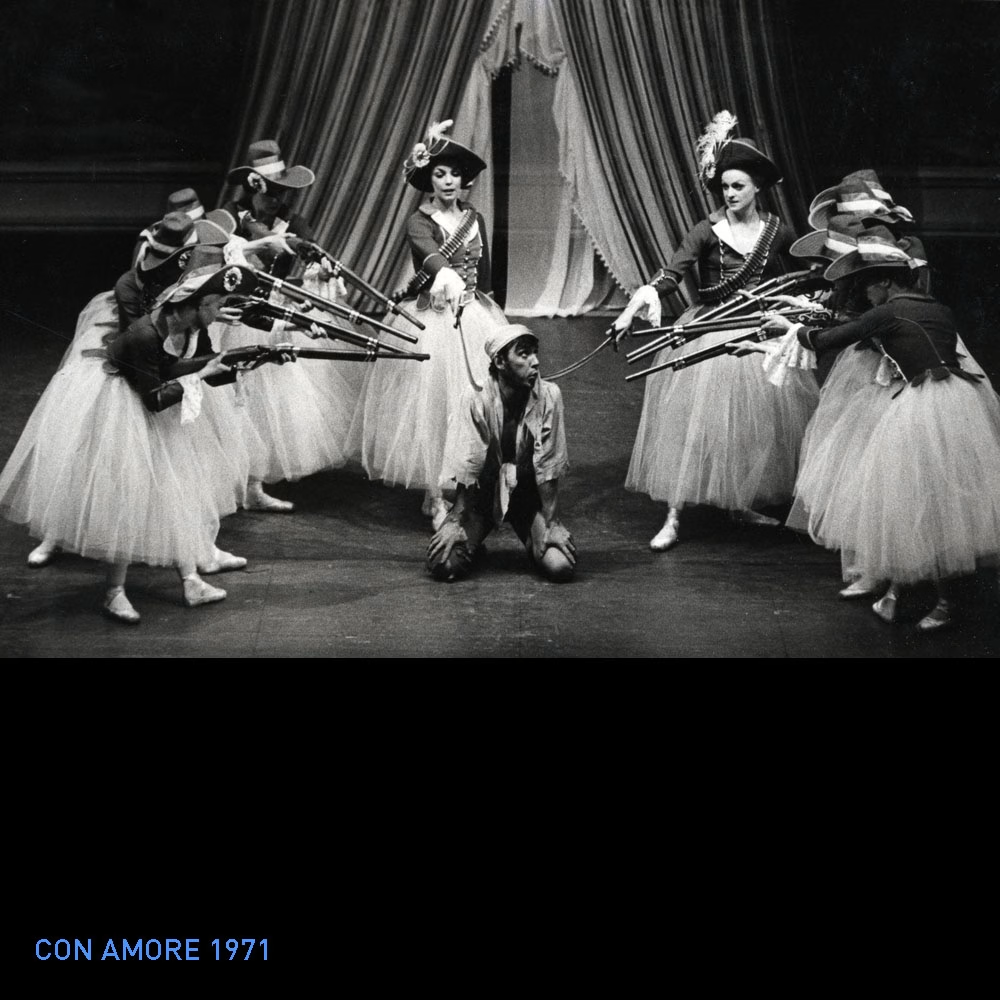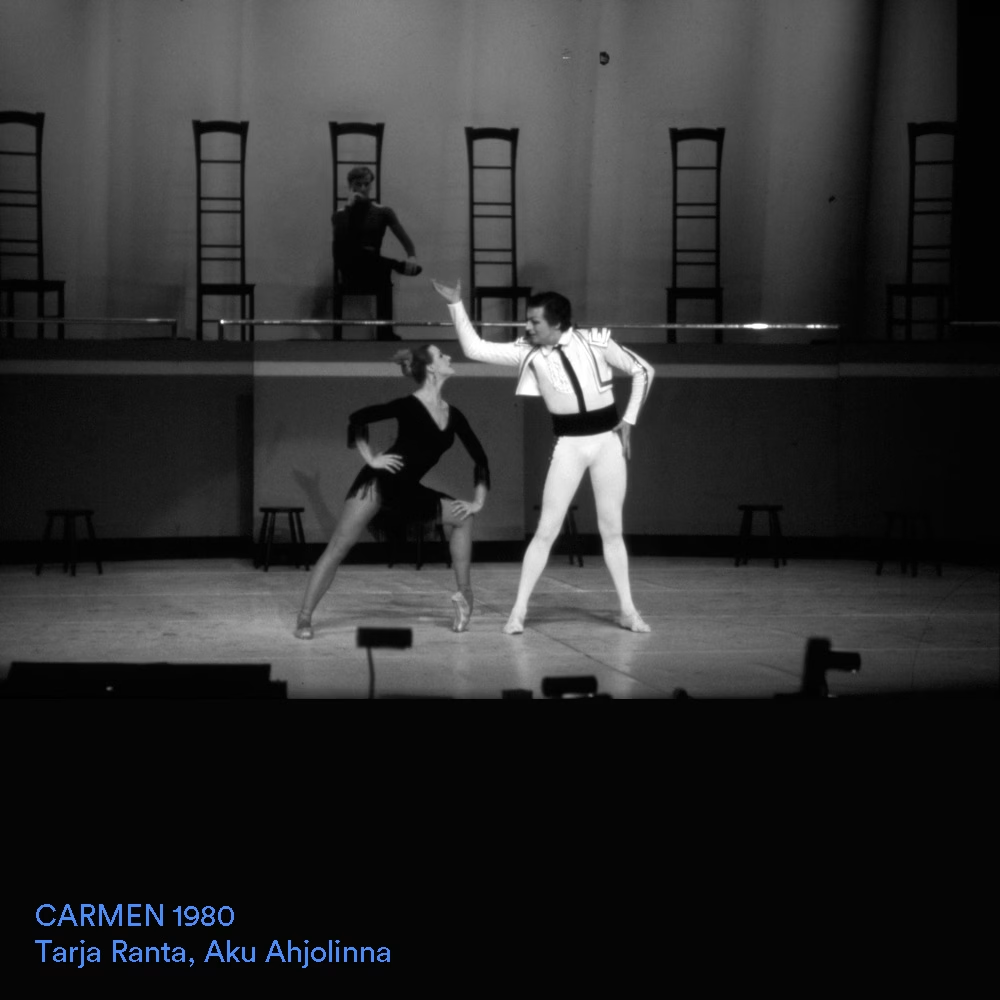After George Gé retired from his role as a ballet master in 1962, the Finnish National Opera’s ballet company had no longstanding leaders for quite some time. Instead, it relied more regularly on foreign choreographers and dance teachers. These included Serge Lifar, the long-term head of the Paris Opera Ballet, Harald Lander from the Royal Danish Ballet, and choreographer and teacher Tamara Nikitina from the Bolshoi Ballet.

Elsa Sylvestersson made resident choreographer
Into Lätti, previously employed as Gé’s assistant ballet master, took on ballet master duties from 1962 until his retirement the following year. The ballet company was then temporarily headed by assistant ballet masters, who lacked the distinct authority of a ballet master. Airi Säilä, Uno Onkinen and Klaus Salin, who all had dancer backgrounds, each served as an assistant ballet master for a short time. From 1968 to 1969, the Finnish Opera Ballet was headed by Dimiter Parlic from Yugoslavia, who choreographed the company’s first ever Romeo and Juliet.
The repertoire in the late 1960s focused on classics, such as Swan Lake and Giselle, but guest choreographers also brought in their own work. Lifar’s Suite en blanc and Lander’s Études were complemented by August Bournonville’s choreographies introduced by Lander, which were highly regarded in Denmark. Heikki Värtsi’s choreography of the musical West Side Story, a co-production of the opera and ballet companies, helped attract new audiences to the Opera House.

In the 1960s, Elsa Sylvestersson was appointed as the group’s lead choreographer. She had already choreographed many operettas and operas, and often handled the challenging task of creating ballet choreographies to finished music and stories, when foreign guest choreographers cancelled their visits at the last minute. Sylvestersson’s tenure as a ballet master started in 1969 after Parlic suddenly decided against staying in Finland, and her productions included The Sleeping Beauty and Raymonda. Sylvestersson’s versions of ballet classics influenced the repertoire of Finnish Opera Ballet throughout the 1970s.
Young dancers who rose to fame in the company in the 1960s included Arja Nieminen, Marianna Rumjantseva, and Seppo Koski. Two emerging talents, Sorella Englund and Matti Tikkanen, headed abroad towards the end of the decade. Englund went to Copenhagen, and Tikkanen moved to Zurich.
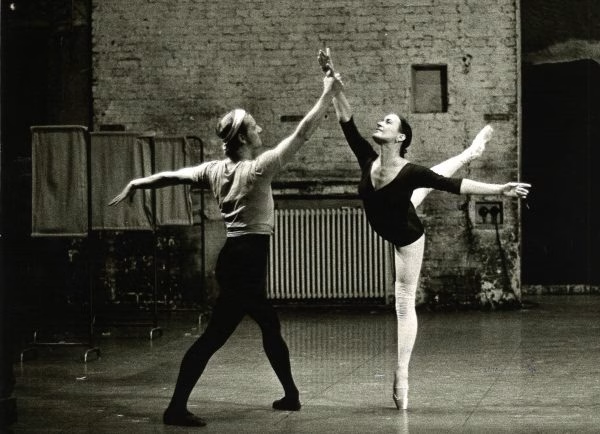
A national arts institution is born
In the late 1960s, dancers’ contracts and salaries as well as the lack of a committed ballet master often caused disputes at the ballet company. More attractive offers from abroad led to the departure of many talented dancers. As ballet was typically considered subordinate to opera around Europe, it was often hit harder by cuts in financially challenging times. What’s more, European audiences’ partiality to traditional ballet repertoire prevented the genre from reinventing itself in the 1960s.
The 1970s was a decade of enhanced democracy and fresh new repertoire. The ballet company was given its own delegate in the administration of the institution, and the distinction between principal dancers and soloists was abandoned. This exceptional practice continued at the Finnish National Ballet until the 2010s. The ballet company became a more prominent showcase of the national arts, and the group was named the Finnish National Ballet in 1979.

New, one-act ballets were added to the repertoire and combined into performances of multiple works. Though full-length classics and Russian ballet imports still attracted the largest audiences, contemporary western choreographers like Birgit Cullberg and Mats Ek, and in the 1980s George Balanchine and Jiří Kylián, were also becoming more popular. Alla Shelest’s version in 1976 was the last Swan Lake to be performed at the old Opera House. The Seven Brothers, Marjo Kuusela’s story-led choreography to Eero Ojanen’s score, was another landmark event of the period. The Seven Brothers, which is heavily inspired by dance theatre, was brought back to the repertoire of the Finnish National Ballet recently, too.
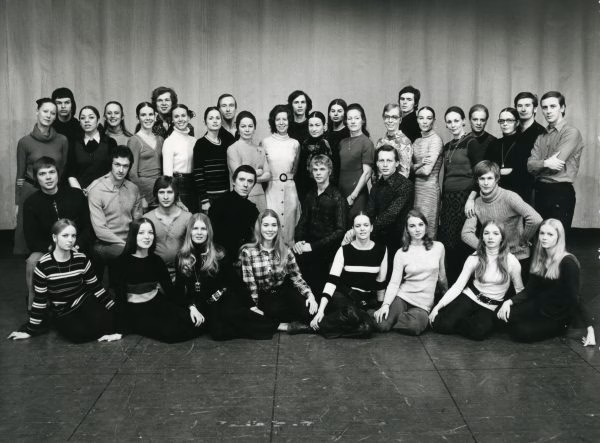
The leaders of the ballet continued to change in the 1970s. The English ballet dancer Alan Carter headed the company from 1971 to 1972, succeeded by Irina Hudova from 1972 to 1973 until Elsa Sylvestersson took over again. Under Bulgarian ballet master Konstantin Damianov from 1974 to 1979, the group worked more harmoniously together and its artistic standards rose to the next level. After him, the ballet was headed by another Englishman, Derek Westlake, again for only one year from 1980 to 1981. Gradimir Pankov was the last of the short-term foreign leaders, staying from 1981 to 1984. After Gé and Lätti, every director and ballet master besides Sylvestersson and Hudova was recruited from abroad.
The dancers who rose to fame in the 1970s included Tarja Ranta, Ulrika Hallberg, Maija Hänninen, Jaana Puupponen, Kirsi Aromaa, Aku Ahjolinna, Jarmo Rastas and Kimmo Sandell.
Text JUSSI ILTANEN
Photos THE ARCHIVES OF THE FINNISH NATIONAL OPERA AND BALLET (Taisto Tuomi, Lehtikuva, Kari Hakli)
Further reading
Laakkonen et. al. (edit.): Se alkoi joutsenesta. Sata vuotta arkea ja unelmia Kansallisbaletissa (Karisto 2021)
75 years of the Finnish National Ballet (The Finnish National Ballet 1997)
pictures of performances and dancers from 1962 to 1984
Recommended for you
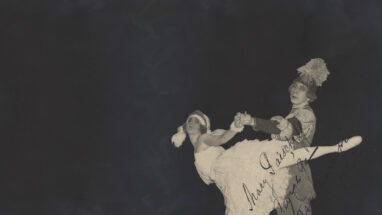
The Finnish Opera establishes a ballet company
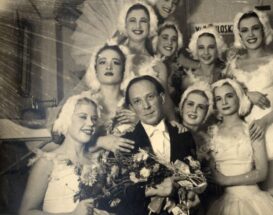
Gé, Saxelin, Gé, Saxelin…
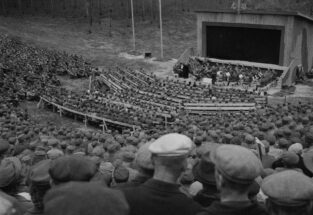
Tours for soldiers and sad news from the front
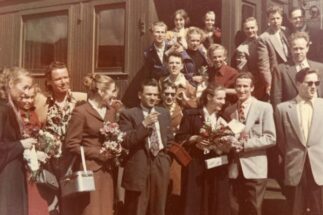
Summer tours and films bring ballet to the entire nation
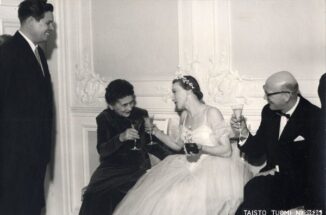
International stars from the east and west

The Finnish National Ballet as an ambassador for Finland
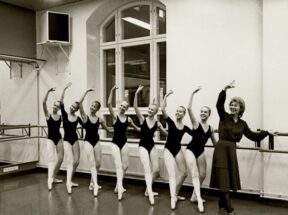
From a private ballet academy to professional education
